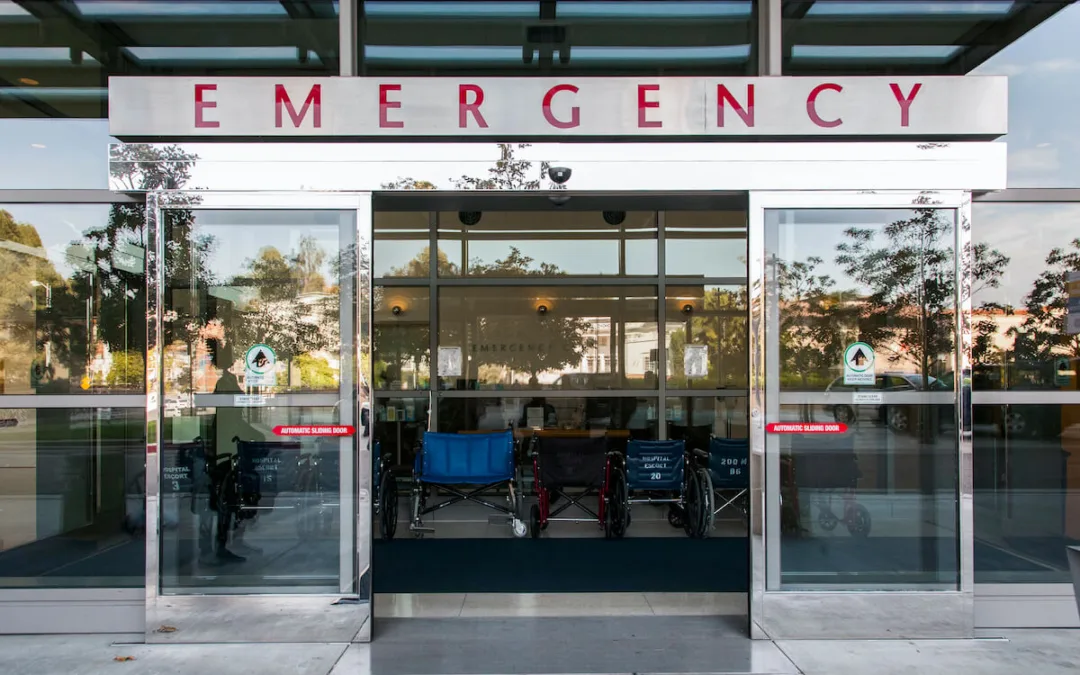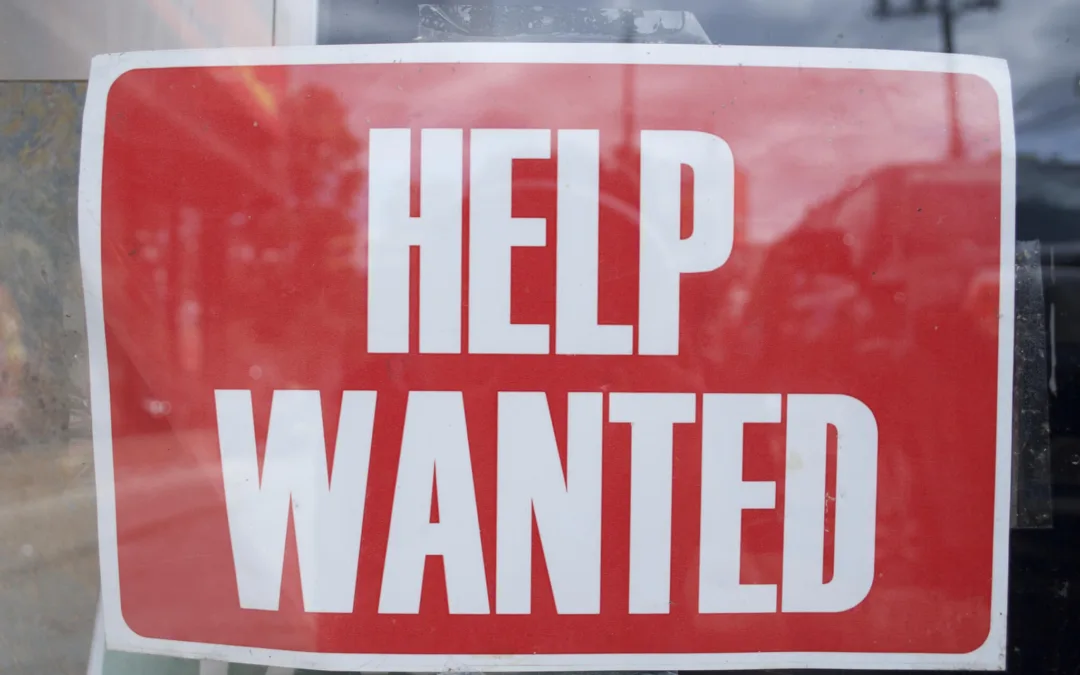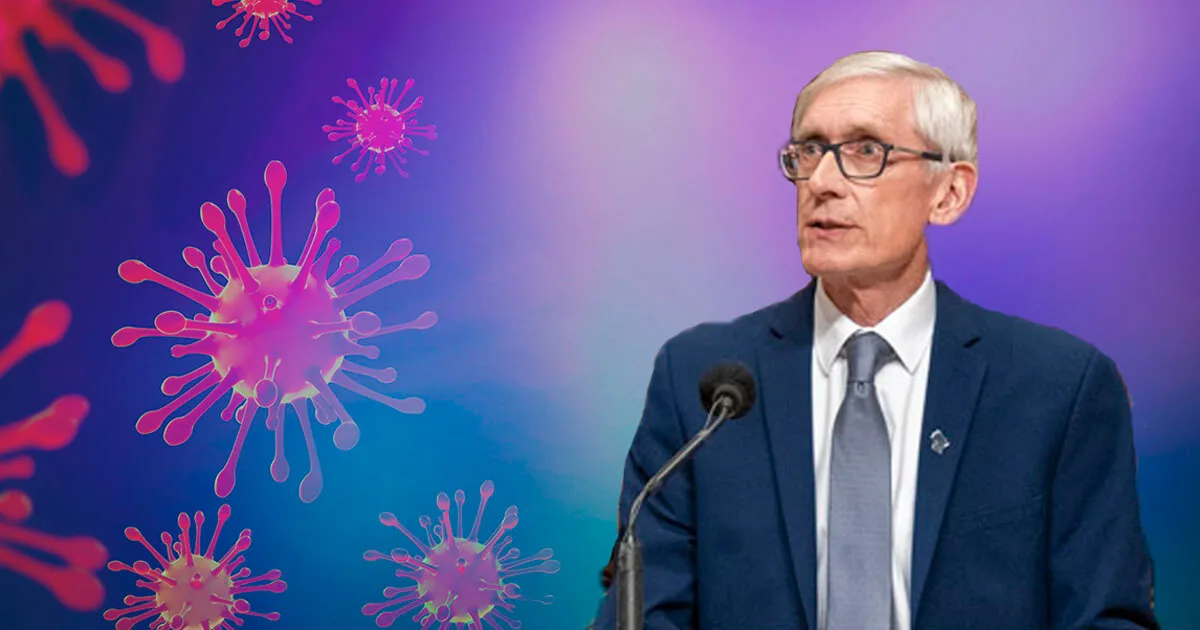
#image_title
#image_title
Evers has allocated $1.4 billion of state’s total $1.9 billion
On Monday, Gov. Tony Evers started spending the federal COVID-19 relief fund money that is earmarked for Wisconsin. By the end of the week, roughly $1.4 billion of the state’s share had been earmarked for various needs, leaving half a billion dollars left to be allocated.
Wisconsin will receive $1.9 billion in funding through the $2.2 trillion Coronavirus Aid, Relief, and Economic Security (CARES) Act that was approved by Congress and signed by President Trump on March 27.
Using a population-based funding formula, an additional $360.6 million will be split between Dane County, Milwaukee County and the city of Milwaukee, according to the Legislative Fiscal Bureau.
In announcing one of the larger allocations from the state’s share of the funds, Evers referenced the partisan divide that plagued the state both before and especially after the Wisconsin Supreme Court struck down the safer-at-home extension requested by the governor.
“As I’ve said before, regardless of the political overtones of the past week, we still know what we need to do to box in this virus and help keep people safe,” said Evers in a statement. “Our statewide approach to containing the spread of COVID-19 will continue with robust testing and contact tracing efforts in all corners of Wisconsin, resources that ensure our critical workers have the equipment they need to do their jobs safely, and direct investments in local communities and health providers. Wisconsin’s Safer At Home order may have ended, but our all-out war on this virus has not.”
Here’s a breakdown of how the money has so far been committed:
On Monday, $75 million was put toward small businesses grants as part of a new “We’re All In” initiative through the Wisconsin Economic Development Corp. Small businesses are now eligible for $2,500 grants that can be used to assist with the costs of business interruption or for health and safety improvements, wages and salaries, rent, mortgages, and inventory. Businesses will be able to apply for grant assistance in early June through the Wisconsin Economic Development Corp.
The $75 million comes out to around 30,000 small businesses, defined as those with fewer than 20 employees, that can apply for the grants.
On Tuesday, $1.17 billion was allocated for the ongoing fight against COVID-19. The biggest slice, $445 million, is headed to hospitals to allow them to prepare for a possible surge of COVID-19 patients this fall and winter. Also included in that amount is $260 million toward testing efforts and $75 million for contact tracing efforts. This includes $50 million for local and tribal public health departments to hire additional staff.
On Wednesday, $25 million was used to launch the Wisconsin Rental Assistance Program. Those qualifying for the program will be eligible for up to $3,000 to pay rent and/or security deposits. This aid comes as the statewide eviction ban is set to expire after Memorial Day. The eviction ban was part of the safer-at-home order that the state Supreme Court ruled was unconstitutional earlier this month.
Also on Wednesday, $50 million was used to launch the Wisconsin Farm Support Program and $15 million was used to launch the Food Security Initiative. The program will help food banks, pantries and other nonprofit organizations adapt to new public health needs, such as social distancing, curbside pickup or delivery services. The initiative will also help connect organizations with local food producers and processors.
On Thursday, Evers announced $100 million in federal funding will be heading to nursing homes, long-term care facilities and emergency medical services. While that share of new federal money is being well-received, the CEO of a large group of nursing homes also noted the absence of any new commitment of state tax dollars, something David Mills of North Shore Health Care says must happen otherwise many care facilities may go out of business.
The Republican-led state Legislature has met only once since the public health emergency was first declared, passing legislation that facilitated the acceptance of the federal money. No new sessions or plans for allocating state dollars have come from the leaders of the Assembly and Senate.
Politics
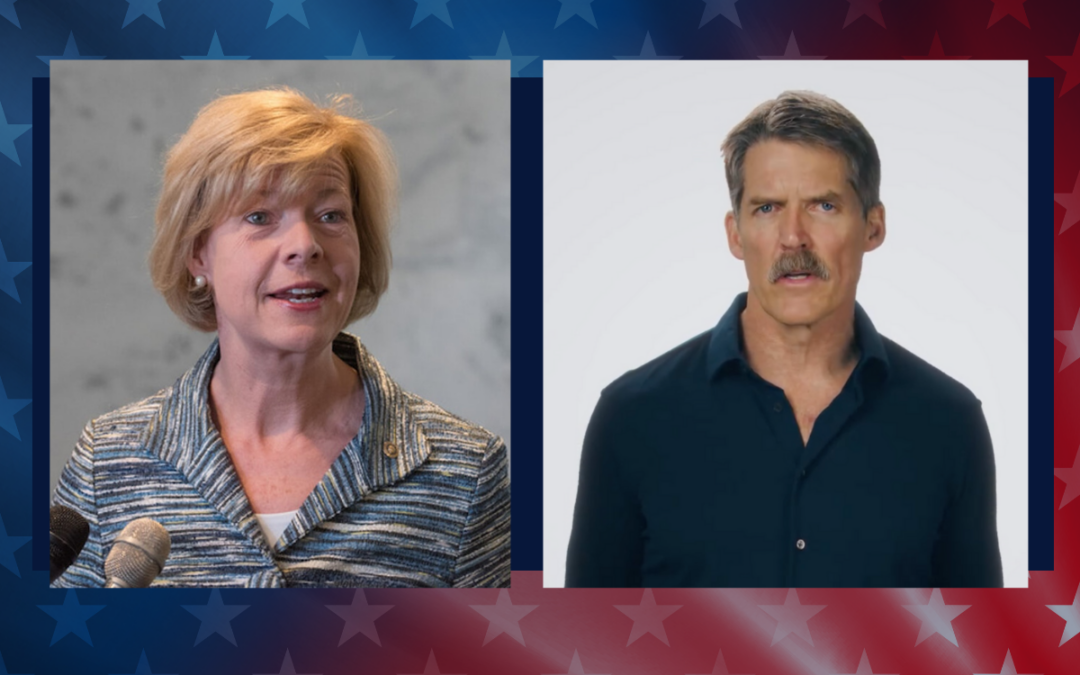
What’s the difference between Eric Hovde and Sen. Tammy Baldwin on the issues?
The Democratic incumbent will point to specific accomplishments while the Republican challenger will outline general concerns he would address....
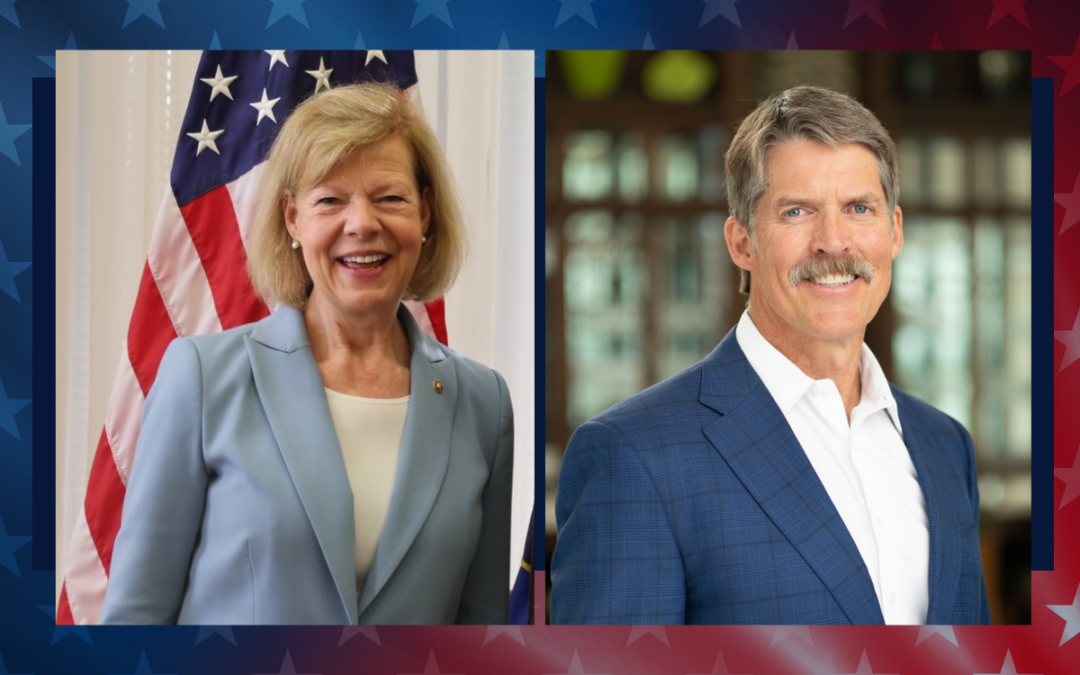
Who Is Tammy Baldwin?
Getting to know the contenders for this November’s US Senate election. [Editor’s Note: Part of a series that profiles the candidates and issues in...
Local News

Stop and smell these native Wisconsin flowers this Earth Day
Spring has sprung — and here in Wisconsin, the signs are everywhere! From warmer weather and longer days to birds returning to your backyard trees....

Your guide to the 2024 Blue Ox Music Festival in Eau Claire
Eau Claire and art go hand in hand. The city is home to a multitude of sculptures, murals, and music events — including several annual showcases,...



